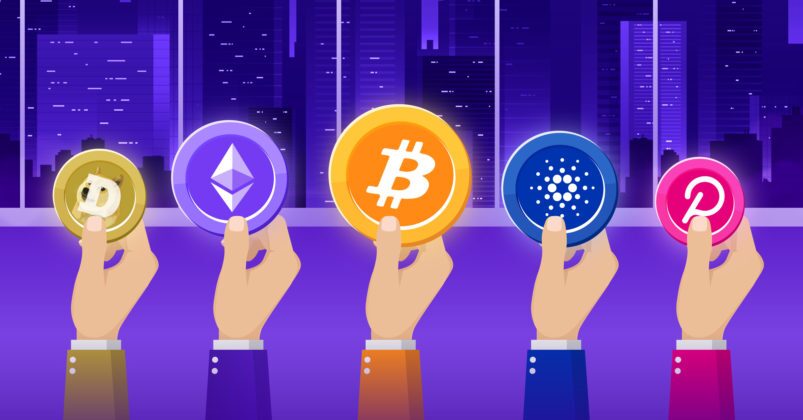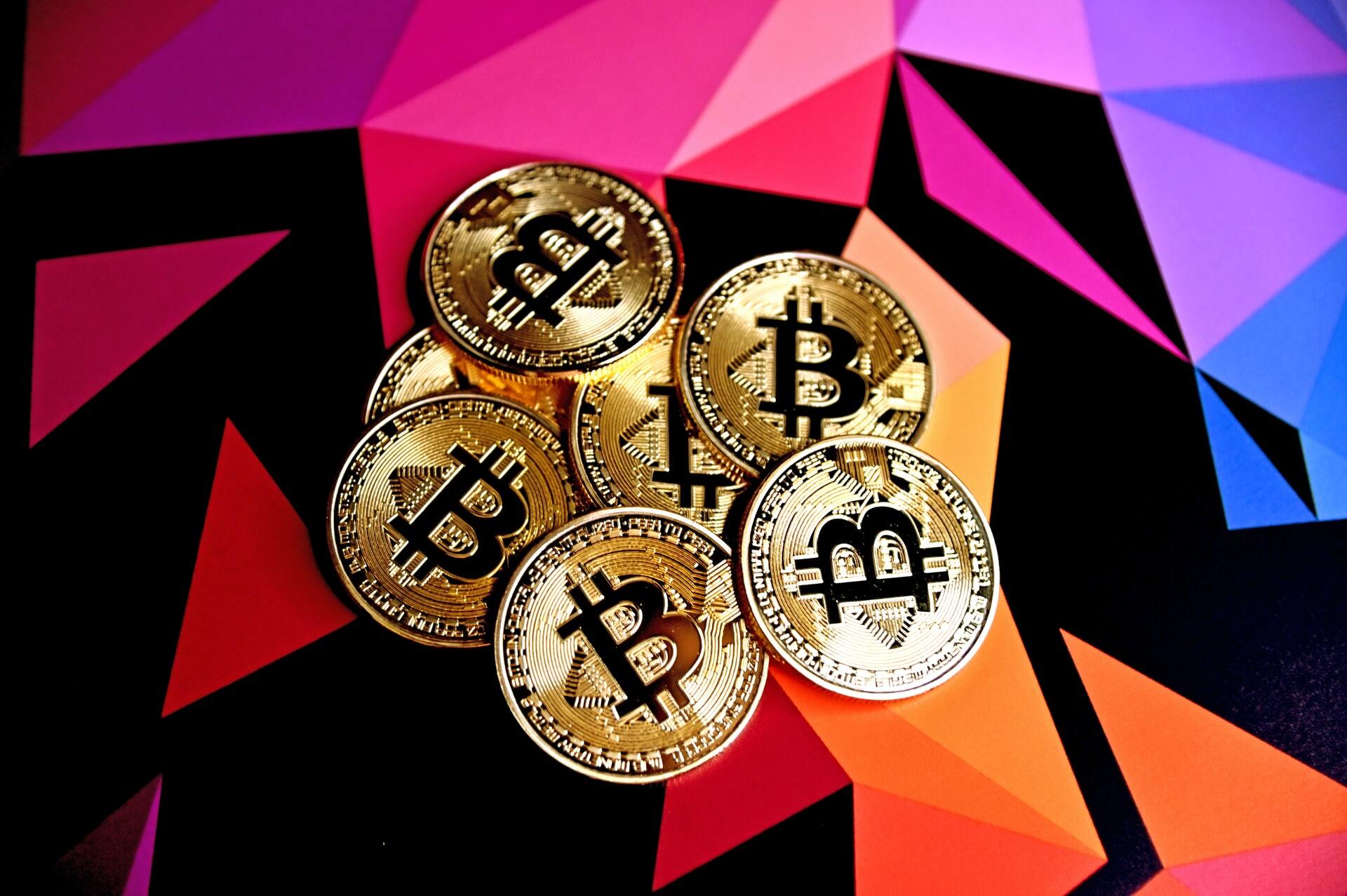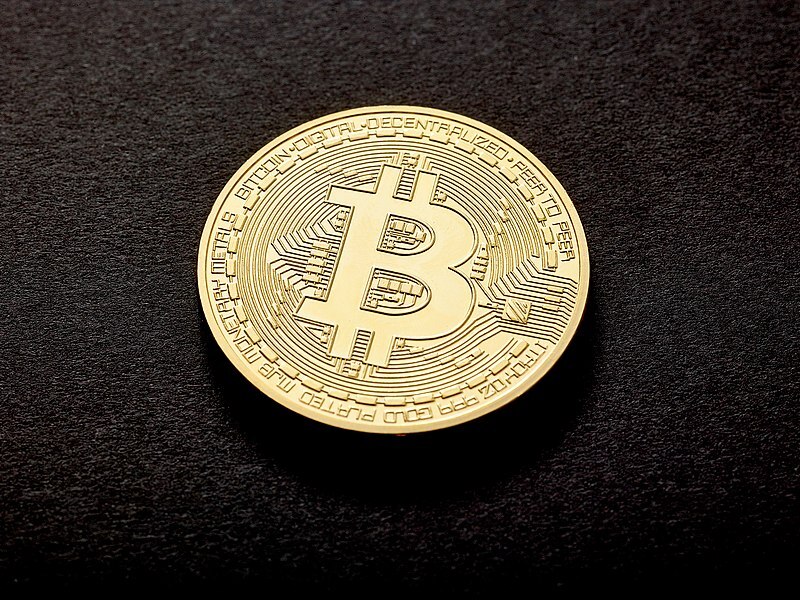What is Cryptocurrency: A Simple Guide
Everything you need to know about the fundamentals of cryptocurrencies. Learn the basic concepts of decentralisation, Distributed Ledger Technology, and more.


Today, cryptocurrency is getting popular around the world. It first exists in 2009 when an anonymous individual going by the alias “Satoshi Nakamoto” laid out a guide to making the world’s first decentralised electronic cash.
Known as Bitcoin, this would go on to essentially act as the world’s first virtual universal currency. Now, before we dive into what a cryptocurrency actually is, let’s look at the concept of “decentralisation” which is key to what made Bitcoin so unique.
More on Bitcoin: Be sure to check out our complete guide on Bitcoin.
What is a cryptocurrency?
A cryptocurrency, by definition, is any system that uses cryptography as the framework to make internal payments, where funds are represented as entries into a decentralised distributed ledger.
In essence, cryptocurrency is comparable to digital money that can be used as a medium of exchange to buy and sell goods and services. Just like fiat currency, you can use crypto to make purchases and transactions for all sorts of things.
That said, cryptocurrency is stored in what’s called a crypto wallet – an account that operates and functions outside of banks.
Related: Click here to read more about crypto wallets.

Bitcoin was the first and is still the largest cryptocurrency in existence, accounting for over 65% of the total value shared between all cryptos in the market, otherwise known as the market cap.
As of this writing, there are over 9000 alternative cryptocurrencies (altcoins) have spawned, all with a similar goal of revolutionising payments, each with their own unique way of accomplishing this goal.
Notable competitors to Bitcoin include Ethereum, Cardano, and IOTA, which are all decentralised cryptocurrencies too.
What is decentralisation?
Decentralisation is an organisational structure in which control, maintenance, and delegation of a network are managed not by one central party, but by many parties.
A loose example of the difference between centralisation and decentralisation is a supermarket chain, where the prices are set centrally, versus a farmer’s market, where individual stalls can set prices and trade as they see fit.
In the case of cryptocurrency, the network is run peer-to-peer which means that no one individual can influence or censor the whole network. While a supermarket’s head office could tell all of the shops to pull a certain product off the shelf, no one can remove a cryptocurrency transaction or change the way the network operates.
What is Distributed Ledger Technology (DLT)?
A distributed ledger, otherwise known as a blockchain, is an open decentralised database that is synchronised and distributed over a variety of geolocations.
In cryptocurrency’s case, a distributed ledger plays the role as the foundational infrastructure for the network, to enable peer-to-peer payments without a central server or powerhouse.
Cryptocurrency is just one of the many profound applications of blockchain technology, but understanding how blockchains work is hardly vital to understanding the basics of cryptocurrency. One good thing to know about blockchains is that Bitcoin was the first blockchain ever created.
Now that we’ve lightly touched on what is decentralisation and blockchain technology, let’s crack on to where the ‘crypto’ comes from in ‘cryptocurrency’.
Read more: Click here to read our guide into blockchain technology.
What is cryptography?
Whenever you want to send cryptocurrency on a blockchain, you’re required to use your digital signature. Your digital signature is made up of two parts, your Public Key and your Private Key.
Don’t let this intimidate you though, your cryptocurrency wallet does this all for you automatically.
Sending payments from your wallet is as easy as typing in your wallets’ master password, the amount you want to send – and finishing with a click on the send button.
These pair of keys are generated whenever a new wallet is created. An easy way to think about it is that your public key is your PO Box, and your private key is the key to your PO Box.
Your Public key is the address that other people can send payments to, as it acts like your bank account number. Your private key is like your password to this account.
You can learn more about wallets and our recommendations on what one to go within our special page, but once again, understanding encryption on par with cryptocurrency is not essential to understanding the basics of crypto.
Now that we have a basic understanding of the three main components that make up cryptocurrency; blockchain, cryptography, and decentralisation – let’s move onto some of the attributes of cryptocurrency itself.
What makes cryptocurrency so special?
Cryptocurrency has several stand-out attributes that make it like no other form of money, however, there are also many similarities. We will use Bitcoin as a case study, although most cryptos share the same basic attributes.

Fixed Supply
Due to the framework of Bitcoins blockchain, there can and will ever only be 21 million Bitcoins in existence.
As of November 2021, the total amount of Bitcoins in circulation is 18,868,018 BTC as the network itself holds onto a supply of its own to pay out the miners who run the system.
Transaction speeds
Bitcoins are fast, very fast. Currently takes an average of 3 days to send money across borders using banks, whereas it takes Bitcoin an average of 30 minutes or less. Other cryptocurrencies can be sent across the globe within a second, regardless of if the banks are closed on the weekends.
Typically, it’s faster to attach a $100 note to an anvil and send it on a plane to your recipient than it is to send money from your bank to another person. If sending a written letter became ‘snail mail’ to emails, government issues currencies like the NZD currency have become ‘snail money’ to cryptocurrency.
Transaction fees
It is typically less expensive to send your Bitcoins from New Zealand to Russia than it is to send it through a bank. This is because the banks send your payments through a series of four intermediaries on average before your currency reaches its destination.
Bitcoin, on the other hand only needs to go through its own network, which minimises network fees and maximises transaction speeds. This is just Bitcoin though, some cryptos like IOTA are 100% fee-free.
Portability
Cryptocurrency is digitally portable, as it exists only as ones and zeros on a blockchain. This means you can access your crypto from anywhere that has internet access, essentially acting as a borderless universal currency. In fact, Bitcoin doesn’t have any comprehension for country borders at all!
If you are living a nomadic lifestyle on the road or if you are traveling overseas, provided you have access to Bitcoin ATM’s or that the merchants you trade with are accepting crypto, you can theoretically meet all your payment needs just with cryptocurrency alone.
Related:
1. Bitcoin ATM in Australia
2. Bitcoin ATM in South Africa

(Cryptocurrency is also revolutionary for the 1.7 billion adults on earth living without a bank account, who can’t engage in international online commerce or send money remotely).
Divisibility
Bitcoin’s are divisible, meaning you can split a single Bitcoin down to 0.00000001.
This smallest part of a Bitcoin is called a ‘satoshi’, and there are 100 million satoshis in a Bitcoin, in comparison to the 100 parts in a New Zealand Dollar.
This is how you can purchase a coffee without having to hand over $6000 dollars.
Durability
Bitcoins are durable, and there is nothing that can destroy them – but it is possible to lose them. As long as one computer is running the network as they simply exist as code, your crypto will exist and be safe.
This is why Bitcoin is essentially 100% censorship-resistant. With over 10 years of relentless cyber attacks and attempted government shutdowns, Bitcoin is stronger than it’s ever been!
(Don’t get scared though, Bitcoin is legal!)
They have now even launched a crypto mining node satellite into space, so now your Bitcoin could even outlast the human race.
Fungibility
Bitcoins are fungible, meaning that one BTC is identical to another BTC, aside from the unique history of each Bitcoin.
Theoretically, a unique transaction history makes Bitcoins less than fully fungible, but it is possible to acquire ‘clean coins’ that have no history.
Irreversible
Each transaction is totally irreversible, meaning that once a payment has been verified by the system, it’s set in stone and there is no going back.
There is also no company at the heart of Bitcoin to complain to if you send your money to the wrong address, so make sure you are very sure of your recipient’s address!
Some cryptocurrencies like New Zealand’s very own Navcoin feature a system where you can make a payment to a wallet by only inserting the recipient’s name.
Anonymous
Bitcoin wallet and transaction histories are pseudonymous, meaning neither transactions nor wallets are connected to real-world identities by default.
it is, however, possible to track and associate a person to their wallet if their address is known to the public. Other cryptocurrencies like Monero are fully private and untraceable.
Permissionless
Bitcoin is permissionless, meaning nobody can tell you if you can or can’t create a crypto wallet, or if you can and cannot make a transaction, you just do.
Nobody, even the network itself has the ability to stop you from keeping or using your cryptocurrency.
Trustless
Bitcoin is trustless because you don’t need to place trust into any third party to carry out the events and execution of your monetary transfer.
Bitcoin’s autonomous network carries out all transactional maneuvers itself, and you can always rely on the network to get it right, every single time.
Pretty damn magical stuff right?
This may all seem complicated from the outside, but the best way to wrap your head around it is to play with some cryptocurrency yourself.
Get started with cryptocurrency
To become an early adopter, sign up with Easy Crypto and in a few minutes you will have created an account and Bitcoin wallet, and purchased some cryptocurrency for your own.

As the saying goes, it’s better late than never!
It’s not too late to invest in Bitcoin, or any other crypto of your choice. Here at Easy Crypto, we always strive to make the process as easy and seamless as possible.
Get started: Click here to sign up with Easy Crypto today.
With that said, if you’re like us then you’ll want to dig deeper learn all about the crypto space and its intricacies. For that make sure to visit the Easy Crypto Hub where you can explore our library of crypto topics and more.
Share to
Stay curious and informed
Your info will be handled according to our Privacy Policy.
Make sure to follow our Twitter, Instagram, and YouTube channel to stay up-to-date with Easy Crypto!
Also, don’t forget to subscribe to our monthly newsletter to have the latest crypto insights, news, and updates delivered to our inbox.
Disclaimer: Information is current as at the date of publication. This is general information only and is not intended to be advice. Crypto is volatile, carries risk and the value can go up and down. Past performance is not an indicator of future returns. Please do your own research.
Last updated August 29, 2022




